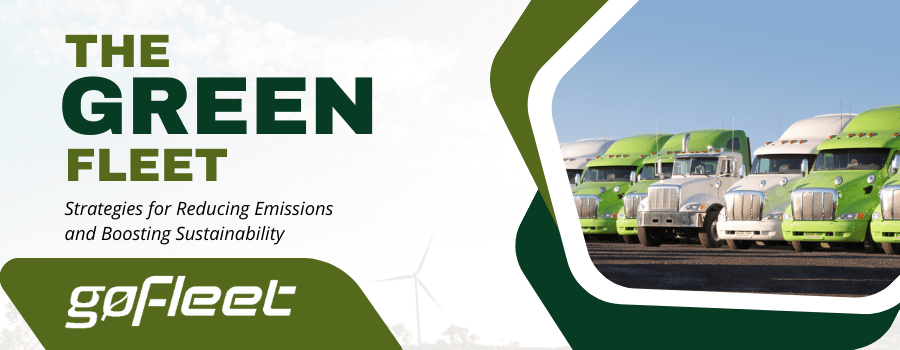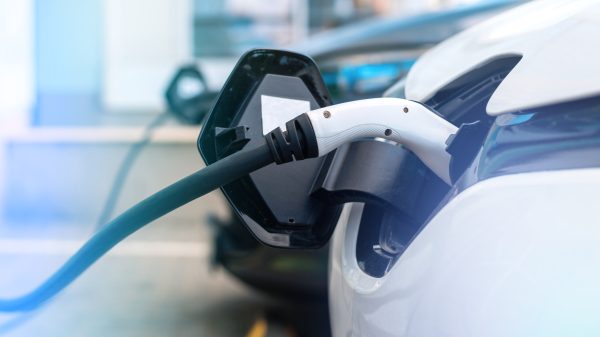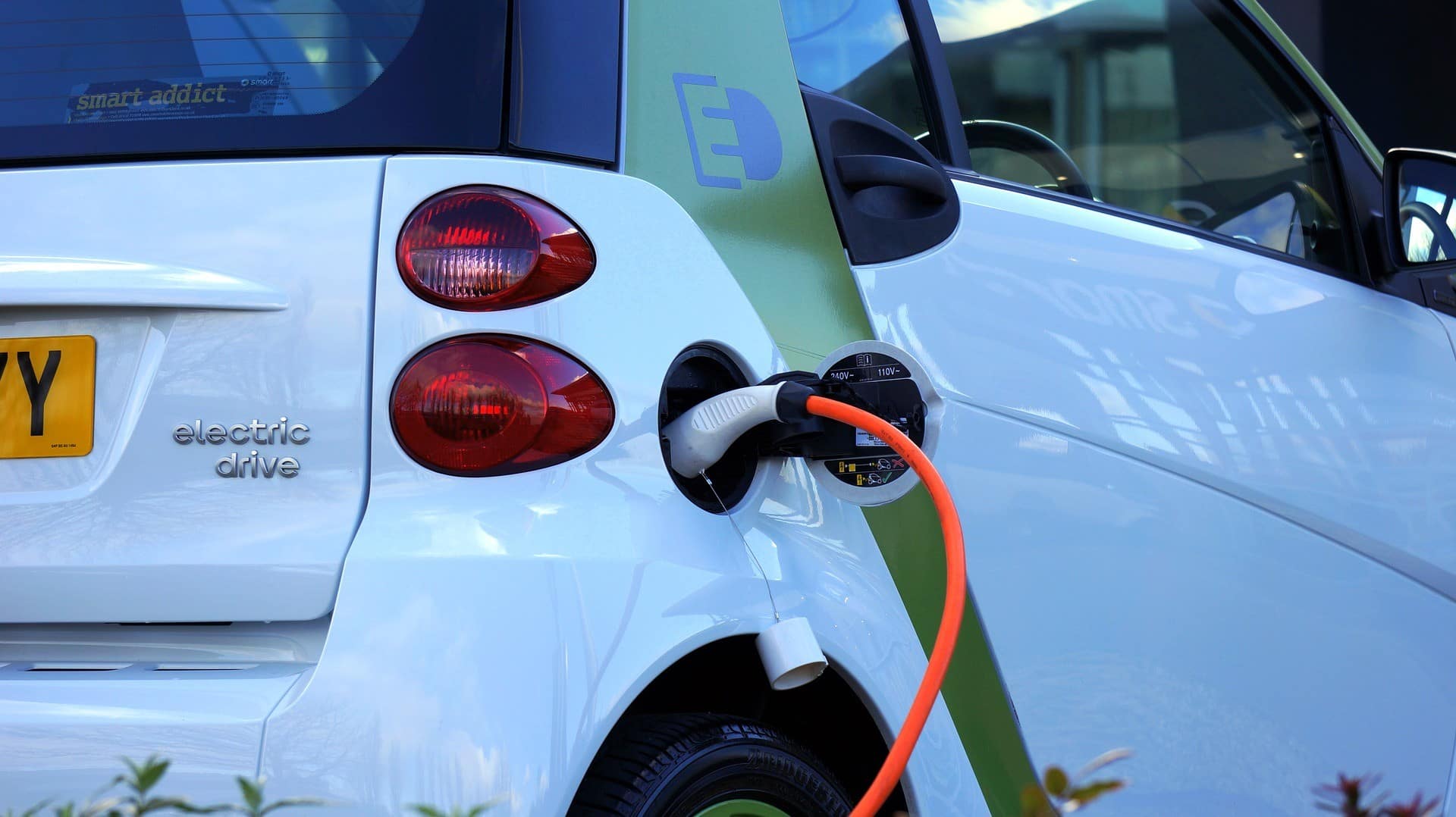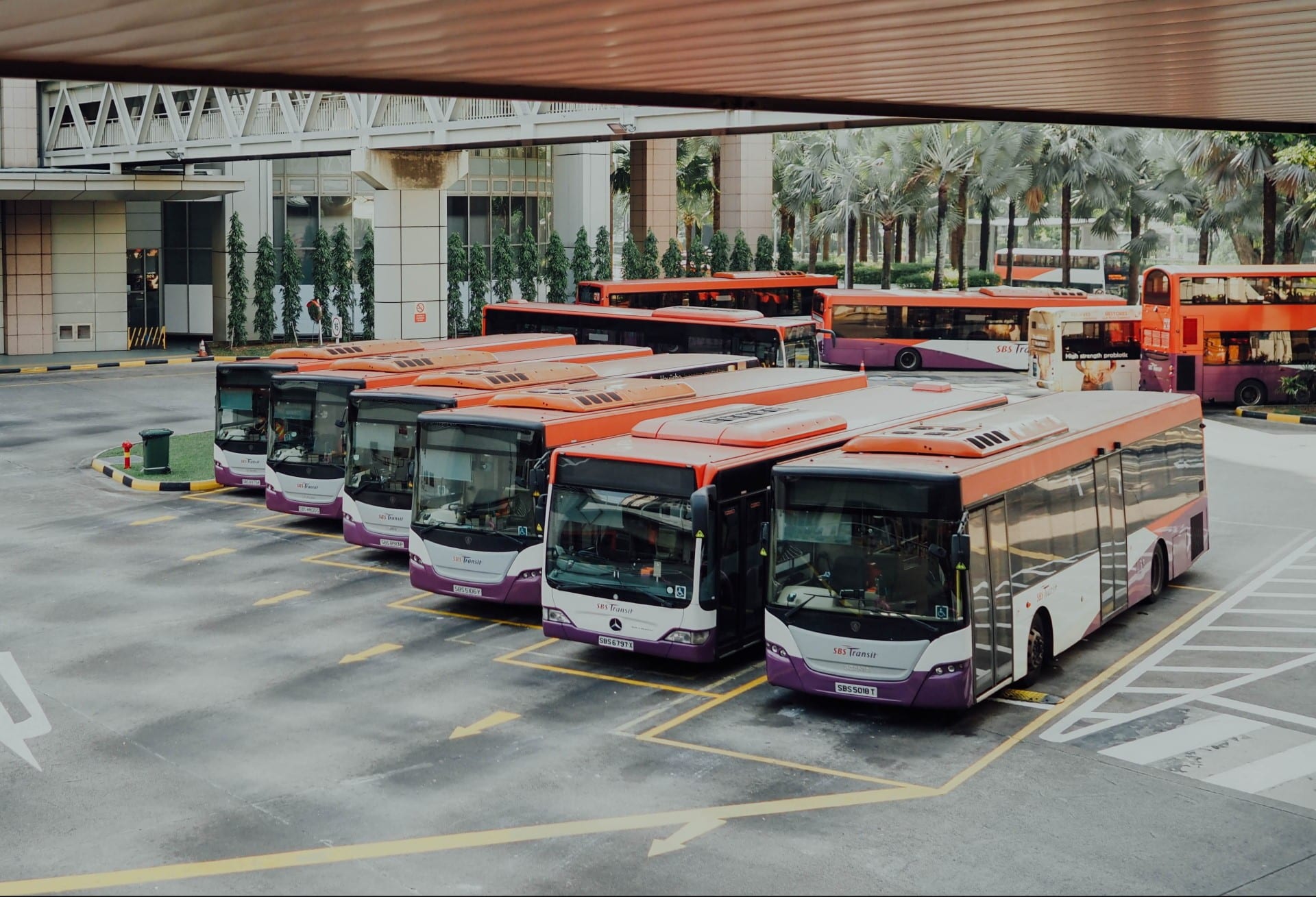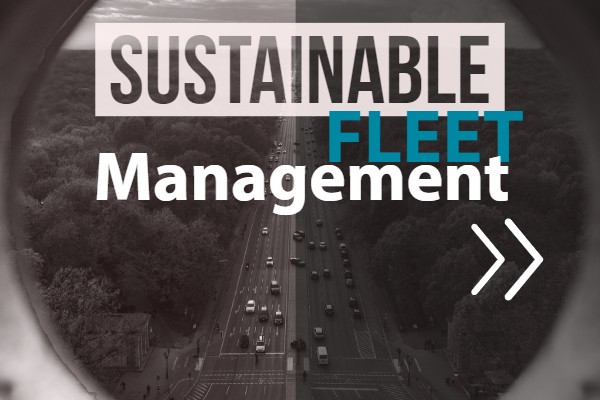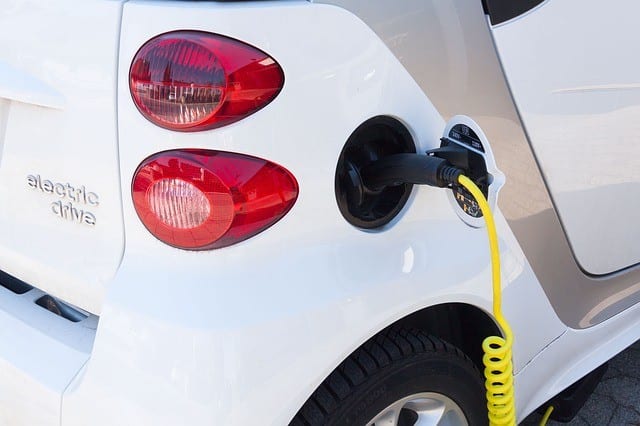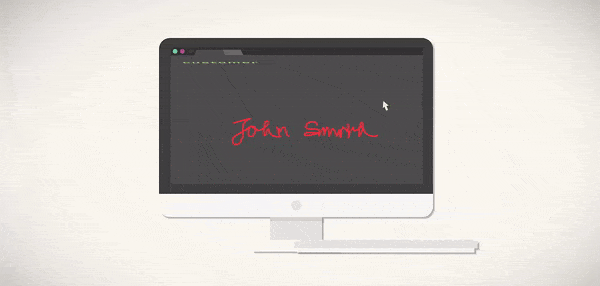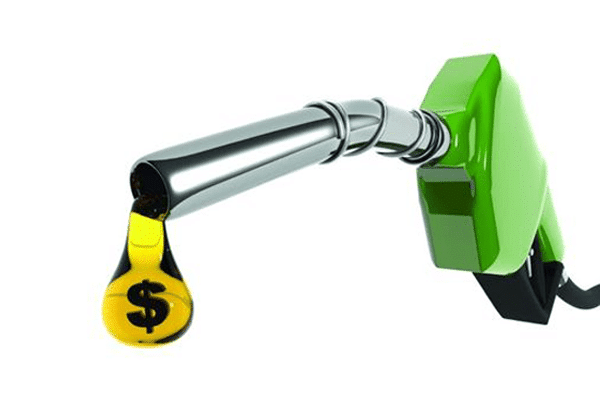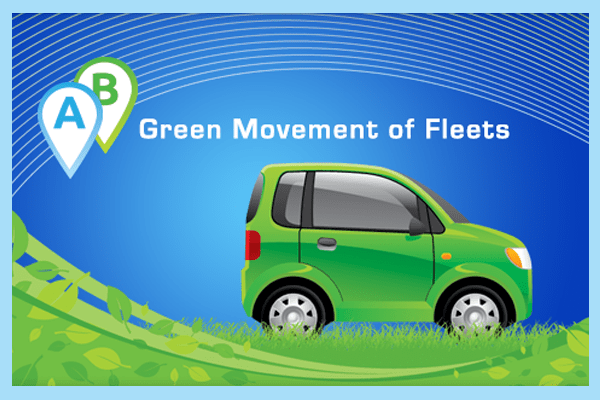There has never been a more urgent need for the adoption of green fleet practices. The global transportation sector, a pivotal component of our modern economy, is also a significant contributor to environmental degradation, primarily through greenhouse gas (GHG) emissions. In the United States, for example, transportation accounted for a staggering 29% of total GHG emissions in 2021, marking it as the largest contributor to the country’s emissions. This figure illustrates not only the sector’s substantial environmental footprint but also highlights the critical need for targeted emission reduction strategies.
The impact of transportation on the environment extends beyond national borders, with global transportation emissions showing alarming trends. After a temporary decline in 2020 due to the COVID-19 pandemic, sector emissions rebounded to 7.6 GtCO₂ in 2021. This rebound is indicative of the entrenched nature of transportation-related emissions in our global economy and underscores the urgency for comprehensive and sustained efforts to mitigate these emissions.
Freight transportation, which includes the movement of goods by trucks, planes, ships, and trains, is a significant contributor to this environmental challenge. It is responsible for about 8% of global greenhouse gas emissions, a figure that can rise to as much as 11% when considering associated warehouses and ports. This underlines the importance of focusing sustainability efforts on the freight sector as a key area for intervention.
In response to these challenges, our article will explore various strategies that can be employed to reduce emissions and enhance sustainability with green fleets. Key strategies include the adoption of alternative fuels and vehicles, such as electric and hybrid models, implementation of efficient fleet management practices, investment in renewable energy, and sustainable fleet maintenance. Additionally, we will discuss the challenges and future trends in green fleet management, providing a comprehensive overview of how transportation fleets can pivot towards sustainability while continuing to play their crucial role in the global economy.
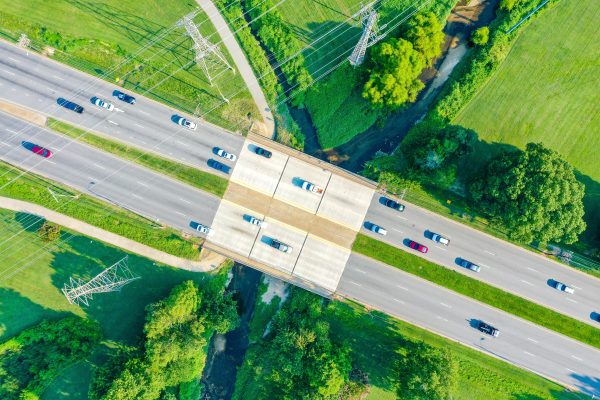
Understanding Fleet Emissions
Fleet emissions refer to the greenhouse gasses (GHGs) released into the atmosphere by vehicles used in various fleets, such as trucks, ships, airplanes, and corporate cars. These emissions predominantly consist of carbon dioxide (CO2), methane (CH4), and nitrous oxide (N2O), all of which contribute significantly to global warming and climate change. The primary sources of these emissions include the combustion of fossil fuels like gasoline and diesel, evaporative emissions from fuel systems, and the release of refrigerants from air conditioning systems.
The contribution of fleet emissions to global greenhouse gasses is substantial. The transportation sector, encompassing all forms of freight and passenger transport, accounts for approximately 14% of global GHG emissions according to the Intergovernmental Panel on Climate Change (IPCC). Within this, freight transportation alone contributes about 8% of global GHG emissions, and this figure can increase to 11% when considering related infrastructure like warehouses and ports. The use of heavy-duty trucks, ships, and aircraft in freight transportation significantly contributes to this percentage, highlighting the critical role of fleet emissions in the overall GHG emission scenario.
The impact of these emissions on climate change is profound. GHGs trap heat in the earth’s atmosphere, leading to global warming and subsequent climate change. This phenomenon results in rising sea levels, extreme weather events, and disruption of natural ecosystems. Furthermore, emissions from transportation fleets have a direct impact on public health. Pollutants such as nitrogen oxides (NOx) and particulate matter (PM) from vehicle exhausts contribute to air pollution, leading to respiratory illnesses, cardiovascular diseases, and premature deaths. The World Health Organization (WHO) has identified air pollution as one of the leading environmental threats to human health.
Understanding the sources and impacts of fleet emissions is the first step towards developing strategies for reducing their footprint and moving towards a more sustainable and healthy future.
Government Regulations and Incentives
Governments around the world have recognized the urgent need to reduce fleet emissions and are implementing a range of regulations and incentives to encourage sustainable practices in the transportation sector.
Global and Regional Regulations
- Emission Standards: Many countries have set stringent emission standards for vehicles, particularly for nitrogen oxides (NOx), particulate matter (PM), and carbon dioxide (CO2). These standards, often progressively tightened over time, require manufacturers to produce vehicles that emit fewer pollutants.
- Carbon Pricing: Some regions have adopted carbon pricing mechanisms, such as carbon taxes or cap-and-trade systems, which put a price on carbon emissions. This approach incentivizes companies to reduce their emissions to avoid or minimize costs associated with these schemes.
- Mandatory Reporting: Several jurisdictions require companies to report their greenhouse gas emissions, including those from fleet operations. This transparency encourages companies to adopt more sustainable practices and allows for monitoring and regulating emissions more effectively.
- Zero-Emission Vehicle (ZEV) Mandates: Regions like California in the United States and several European countries have introduced ZEV mandates, requiring a certain percentage of new vehicles sold to be zero-emission. These mandates are pushing the automotive industry towards more sustainable technologies like electric and hydrogen fuel cell vehicles.
- Fuel Economy Standards: Fuel economy regulations require vehicles to achieve a certain minimum miles-per-gallon performance, effectively reducing fuel consumption and associated emissions.
Incentives for Adopting Green Fleet Practices
In addition to regulations, governments are also offering various incentives to accelerate the adoption of green fleet practices:
- Tax Breaks: Significant tax incentives, including reductions or exemptions in vehicle purchase tax, road tax, and company car tax, are available for low-emission and electric vehicles.
- Grants and Subsidies: Governments are providing grants and subsidies for purchasing eco-friendly vehicles, installing electric vehicle charging infrastructure, and retrofitting older vehicles with cleaner technologies.
- Financial Support for Research and Development: Funding is available for companies investing in the research and development of new, cleaner transportation technologies.
- Preferential Treatment: In some regions, low-emission vehicles benefit from preferential treatment, such as access to low-emission zones, reduced tolls, and designated parking.
- Public Procurement Policies: Government agencies are increasingly required to procure low-emission vehicles, setting an example and creating a market for greener vehicles.
These regulations and incentives collectively play a critical role in steering the transportation sector towards lower emissions and sustainability. By balancing the stick of regulation with the carrot of incentives, governments are fostering an environment where adopting green fleet practices becomes not only a regulatory requirement but also a financially attractive option.
Adopting Alternative Fuels and Vehicles
The transition to alternative fuels and vehicles is a key strategy in reducing fleet emissions. This section explores various alternative fuels, the pros and cons of electric and hybrid vehicles in fleets, and highlights case studies showcasing successful adoption.
Exploration of Alternative Fuels
- Electricity: Electric vehicles (EVs) are propelled by electric motors, using energy stored in rechargeable batteries. They produce zero emissions at the point of use and are increasingly popular due to their efficiency and lower operating costs.
- Hydrogen: Hydrogen fuel cell vehicles generate electricity through a chemical reaction between hydrogen and oxygen, with water vapor as the only emission. They offer quick refueling and longer ranges, suitable for heavier and long-distance vehicles.
- Biofuels: Biofuels, made from organic materials, are renewable and can significantly reduce carbon emissions. They can be used in existing internal combustion engines with little or no modification, offering an easier transition for existing fleets.
Advantages and Challenges of Electric and Hybrid Vehicles in Fleets
Implementing efficient fleet management practices involves a combination of route optimization, leveraging technology for better vehicle performance and emission monitoring, and fostering eco-friendly driving habits among drivers. These strategies collectively contribute to reducing emissions and achieving greater fleet sustainability. However, there are always pros and cons when deciding whether or not to plug into the EV trend:
Advantages:
- Reduced Emissions: EVs and hybrids significantly reduce or eliminate tailpipe emissions, contributing to cleaner air and lower GHG emissions.
- Lower Operating Costs: Electricity is generally cheaper than fossil fuels, and EVs have fewer moving parts, leading to lower maintenance costs.
- Energy Efficiency: EVs convert a higher percentage of electrical energy into vehicle movement compared to internal combustion engines, making them more energy-efficient.
- Noise Reduction: Electric vehicles are quieter, reducing noise pollution.
Challenges:
- Initial Investment: The upfront cost of EVs and hybrids can be higher than traditional vehicles, though this is decreasing over time.
- Charging Infrastructure: Adequate charging infrastructure is crucial for EVs, and its absence can be a significant barrier.
- Range Anxiety: Concerns about the driving range of EVs on a single charge can be a limitation, especially for long-haul transportation.
- Battery Life and Performance: Battery life and performance in extreme weather conditions remain concerns for EVs.
Case Studies of Successful Adoption
- UPS’s Rolling Laboratory: UPS has implemented a “Rolling Laboratory” approach, deploying over 10,000 alternative fuel and advanced technology vehicles worldwide. This fleet includes EVs, hybrid electric vehicles, and vehicles running on natural gas and biofuels.
- IKEA’s Shift to Electric Delivery Vehicles: IKEA has committed to using electric vehicles for home delivery in major cities like Amsterdam, Los Angeles, New York, Paris, and Shanghai by 2025. This initiative significantly reduces the carbon footprint of their delivery services.
- DHL’s GoGreen Program: DHL has integrated electric and hybrid vehicles into their fleet as part of their GoGreen program, aiming for zero emissions logistics by 2050. They have also invested in electric planes for cargo transportation.
These case studies demonstrate that while there are challenges in adopting alternative fuels and vehicles, the advantages can be substantial, both environmentally and economically. The success of these companies serves as a blueprint for others seeking to create a green fleet.
Implementing Efficient Green Fleet Management Practices
Efficient fleet management is crucial in reducing emissions and enhancing sustainability. This involves adopting strategies for route optimization, utilizing telematics and software for monitoring, and training drivers in eco-friendly driving practices.
Strategies for Route Optimization
- Dynamic Routing: Utilizing dynamic routing software helps in optimizing routes in real-time, considering factors like traffic, weather, and road conditions. This reduces unnecessary driving, thereby cutting fuel consumption and emissions.
- Load Optimization: Maximizing the load capacity of each vehicle reduces the number of trips required. This not only saves fuel but also decreases the overall carbon footprint of the transportation process.
- Avoiding Congested Routes: Planning routes to avoid congested areas, especially during peak hours, can significantly reduce idling time and, consequently, fuel consumption and emissions.
Role of Telematics and Software in Monitoring and Reducing Emissions
- Real-Time Monitoring: Telematics systems provide real-time data on vehicle performance, fuel usage, and driving patterns. This data is crucial for identifying areas for improvement in fuel efficiency and reducing emissions.
- Predictive Maintenance: Advanced software can predict when a vehicle is likely to need maintenance. Regular maintenance ensures that vehicles operate efficiently, reducing the risk of increased emissions due to worn-out parts.
- Emission Tracking: Some telematics systems can track the amount of emissions a vehicle is producing. This allows fleets to set targets for reduction and monitor progress towards these goals.
Training Drivers for Eco-Friendly Driving Practices
- Driving Behavior: Training drivers to adopt eco-friendly driving habits, such as smooth acceleration and deceleration, maintaining steady speeds, and avoiding unnecessary idling, can greatly reduce fuel consumption.
- Eco-Driving Courses: Offering drivers formal eco-driving courses that focus on techniques for fuel-efficient driving can result in significant reductions in emissions.
- Incentivizing Eco-Friendly Driving: Implementing incentive programs that reward drivers for fuel-efficient driving behaviors encourages ongoing commitment to eco-friendly practices.
Investing in Renewable Energy and Carbon Offsetting
Investment in renewable energy and carbon offsetting are increasingly becoming vital components of a comprehensive strategy for fleets to reduce their environmental impact. These approaches not only contribute to sustainability but also help in meeting the evolving regulatory requirements and consumer expectations.
The Role of Renewable Energy in Powering Green Fleet Operations
- Solar and Wind Power: Companies are investing in solar and wind energy to power their fleet operations, including warehouses and charging stations for electric vehicles. This shift reduces reliance on fossil fuels and decreases the overall carbon footprint of the fleet.
- Renewable Energy Certificates (RECs): Purchasing RECs is another way companies can support renewable energy. By buying RECs, businesses can claim that the electricity they use is from renewable sources, even if they don’t generate it themselves.
- On-site Renewable Energy Generation: Installing solar panels on facility rooftops or wind turbines on properties not only reduces emissions but can also offer significant cost savings over time.
Carbon Offsetting as a Strategy
- Carbon Credits: For emissions that are challenging to eliminate, companies can purchase carbon credits. This involves investing in environmental projects that reduce emissions elsewhere, essentially balancing out their own emissions.
- Reforestation and Conservation Projects: Investing in reforestation or conservation projects is a popular form of carbon offsetting. These projects absorb CO2 from the atmosphere, helping to mitigate the impact of emissions.
- Support for Sustainable Practices: Contributions to sustainable agriculture or clean energy projects in developing countries are also effective ways to offset emissions while supporting global sustainability goals.
Examples of Companies Successfully Using These Strategies for Green Fleets
- FedEx: FedEx has invested in alternative energy by incorporating electric and hybrid vehicles into its fleet and using solar-powered facilities. Additionally, they participate in carbon offset programs to counterbalance emissions from their operations.
- Google’s Fleet: While not a traditional transportation fleet, Google’s commitment to renewable energy is notable. The company offsets its carbon emissions by investing in renewable energy projects and purchasing carbon credits.
- Maersk: The shipping giant Maersk is working towards reducing its environmental impact by investing in new, energy-efficient ships and exploring the use of biofuel. They also participate in carbon offsetting initiatives.
Through these methods, companies are not only reducing their direct emissions but are also contributing to broader efforts to combat climate change. Investing in renewable energy and carbon offsetting represents a forward-thinking approach to corporate environmental responsibility, aligning business operations with global sustainability goals.
Sustainable Fleet Maintenance
Sustainable fleet maintenance plays a critical role in reducing emissions and enhancing the overall environmental performance of fleet operations.
Importance of Regular Maintenance for Emissions Reduction
- Optimal Vehicle Performance: Regular maintenance ensures vehicles operate efficiently. Well-maintained engines and properly inflated tires reduce fuel consumption and, consequently, emissions.
- Early Detection of Issues: Routine checks help in early detection and rectification of issues that could lead to increased emissions, such as leaks or faulty exhaust systems.
Using Eco-Friendly Materials and Parts in Fleet Maintenance
- Biodegradable Lubricants: Using biodegradable lubricants can reduce the environmental impact in case of leaks or spills.
- Recycled Parts: Implementing recycled or remanufactured parts in vehicle repairs not only reduces waste but also lowers the carbon footprint associated with producing new parts.
- Eco-Friendly Tires: Investing in low rolling resistance tires improves fuel efficiency and reduces emissions.
Innovative Maintenance Technologies Contributing to Sustainability
- Telematics for Predictive Maintenance: Advanced telematics can predict when maintenance is needed, preventing issues that could lead to increased emissions.
- Energy-Efficient Equipment: Utilizing energy-efficient tools and equipment in maintenance facilities reduces the overall energy consumption of the maintenance process.
- 3D Printing for Parts: 3D printing technology enables on-demand manufacturing of parts, reducing waste and the need for transportation and storage of spare parts.
These practices and technology not only contribute to reducing emissions but also improve the overall efficiency and lifespan of the fleet, aligning with broader environmental sustainability goals.
Challenges and Barriers
Transitioning to a green fleet presents several economic and logistical challenges, impacting the feasibility and cost-effectiveness of such strategies.
Economic Challenges
- High Initial Investment: The upfront cost of acquiring electric or alternative fuel vehicles is typically higher than traditional vehicles, posing a significant financial barrier for many companies.
- Infrastructure Requirements: Establishing the necessary infrastructure, such as charging stations for electric vehicles, requires substantial investment and long-term planning.
Logistical Challenges
- Range Limitations: Concerns about the driving range of electric vehicles, especially for long-haul transportation, can be a significant operational barrier.
- Charging Time: The time required to charge electric vehicles is longer compared to refueling conventional vehicles, impacting fleet operation schedules.
Feasibility and Cost-Effectiveness Concerns
- Return on Investment: Assessing the long-term cost benefits of transitioning to green fleets is complex and varies widely depending on factors like fuel prices, vehicle usage, and maintenance costs.
- Technological Evolution: Rapid advancements in green technology can lead to uncertainty about investing in current technologies that may soon become outdated.
- Supply Chain Constraints: Limited availability of certain green vehicles or parts can pose a challenge, especially during the initial stages of the transition.
Addressing these challenges requires a combination of strategic planning, governmental support, technological advancements, and a clear understanding of the long-term environmental and economic benefits of sustainable fleet operations.
Future Trends in Green Fleet Management
The future of green fleet management will be marked by technological advancements, a greater push towards electrification, integration of renewable energy, and a data-driven approach, all contributing to the evolution of a more sustainable transportation ecosystem.
- Autonomous Vehicles: Self-driving technology is expected to enhance efficiency, reduce accidents, and optimize fuel usage, contributing to lower emissions.
- Advanced Battery Technology: Developments in battery technology, such as solid-state batteries, promise longer ranges and faster charging times for electric vehicles.
- Alternative Fuel Advancements: Innovations in biofuels, hydrogen fuel cells, and synthetic fuels are expected to offer more sustainable alternatives to traditional fossil fuels.
Predictions for Sustainable Transportation
- Increased Electrification: The shift towards electric vehicles is likely to accelerate, with more businesses adopting EVs as costs decrease and infrastructure improves.
- Integration of Renewable Energy: The use of renewable energy sources for powering fleets and charging infrastructure will become more prevalent.
- Data-Driven Fleet Management: The use of big data and AI for fleet management will enhance route optimization, predictive maintenance, and overall fleet efficiency.
- Sustainable Supply Chain Integration: Sustainability will become a key criterion in supply chain management, influencing decisions on fleet operations and logistics.
Final Thoughts
The transition to a green fleet is not just an environmental imperative but also a strategic business decision. Embracing sustainability in fleet operations can lead to reduced emissions, enhanced efficiency, and compliance with evolving regulations. It positions companies as responsible corporate citizens committed to combating climate change.
For businesses and policymakers, the message is clear: proactive steps towards green fleet management are essential. This involves investing in alternative fuels, adopting innovative technologies, and implementing sustainable practices.
To explore how your organization can transition towards a more sustainable fleet, contact a GoFleet representative. They can provide tailored advice and solutions to meet your specific needs and help you contribute meaningfully to the global effort against climate change and a greener fleet.
